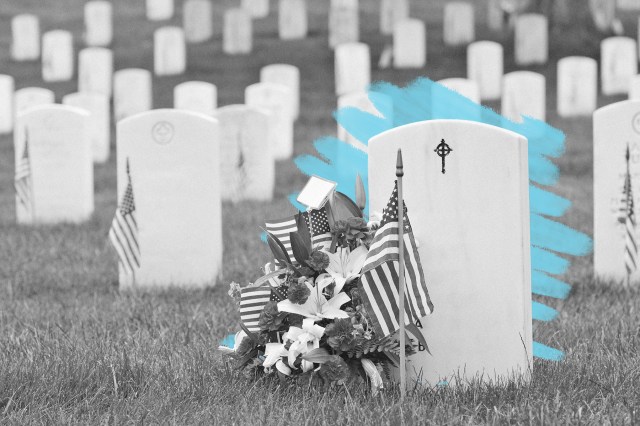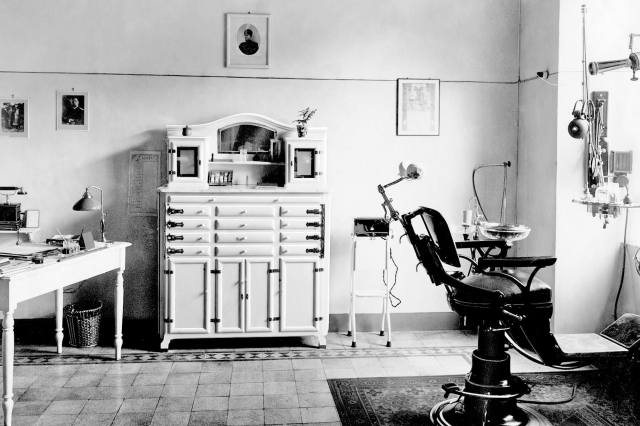| A few weeks before the ceremony, John Logan, head of the Grand Army of the Republic, a Union veterans organization, issued a proclamation urging Americans to decorate Civil War soldiers' graves with springtime's "choicest" blooms. Logan stated that the May 30 commemoration would be "designated for the purpose of strewing with flowers or otherwise decorating the graves of comrades who died in defense of their country." About 5,000 people gathered at Arlington National Cemetery for the first official Decoration Day observance. Along with flowers, each grave was adorned with a small American flag. |
| By the end of the 19th century, Decoration Day ceremonies were taking place on May 30 throughout the country. The name had started to evolve by this time, too; people began using the term "Memorial Day" instead. That moniker, however, didn't become common until after World War II, and Congress didn't make the name change official until 1967. A year later, Congress passed the Uniform Monday Holiday Act, declaring that certain federal holidays would be observed on Mondays, including Memorial Day, which was to be commemorated annually on the last Monday in May. Today, the holiday honors all Americans who have died in military service. |














No comments:
Post a Comment